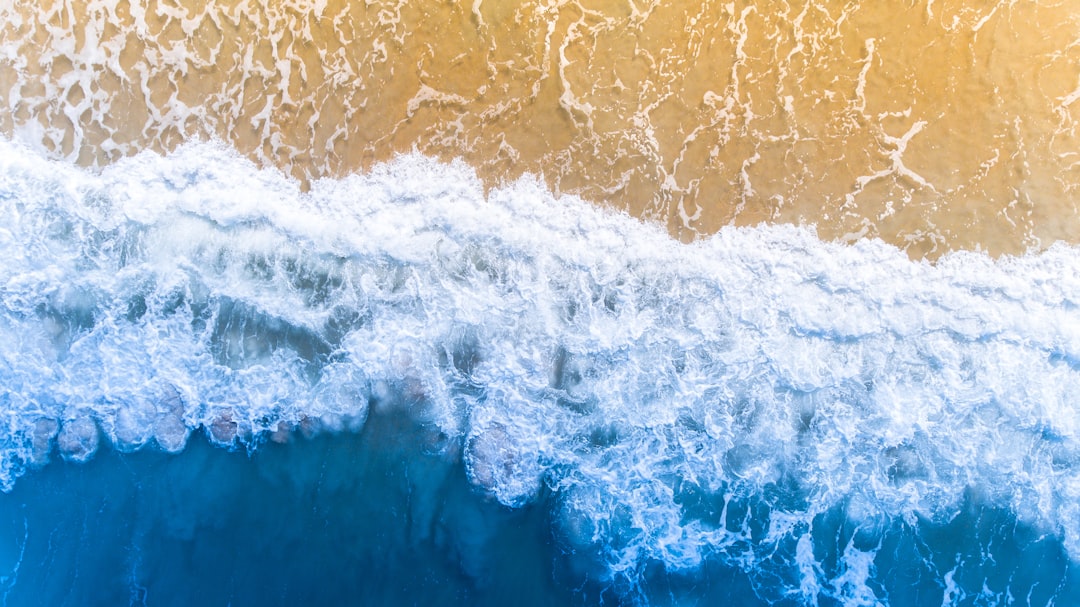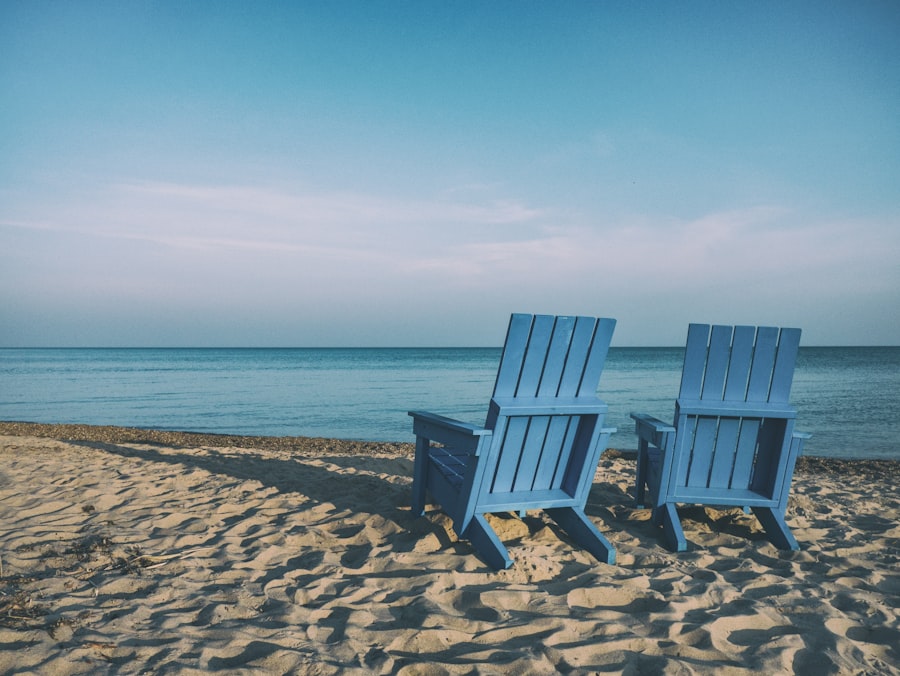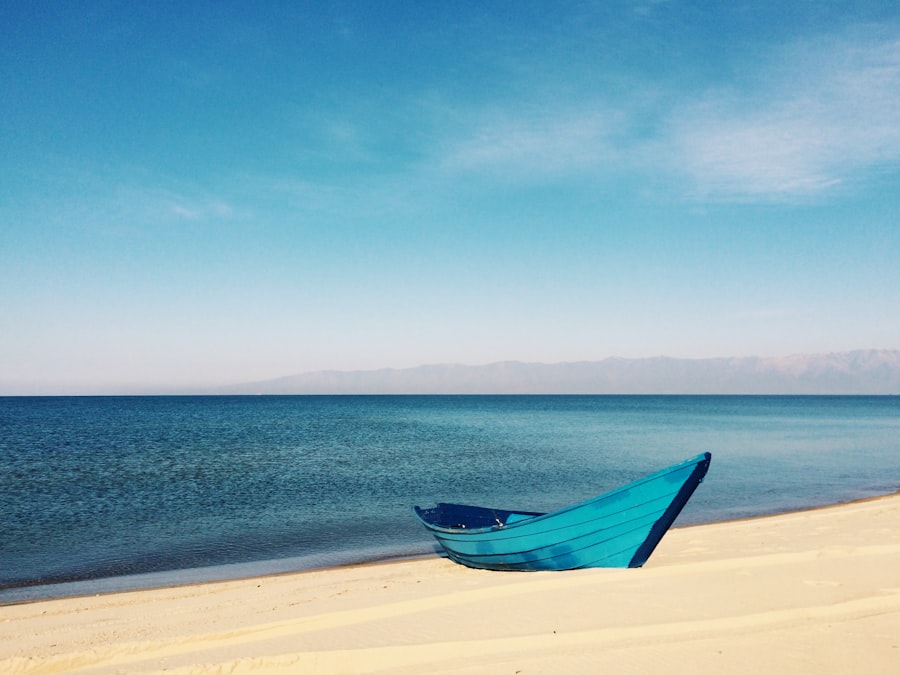
Guam, a small island located in the western Pacific Ocean, is an unincorporated territory of the United States. It is the largest and southernmost of the Mariana Islands, boasting a rich tapestry of cultural influences, stunning landscapes, and a strategic military significance. Covering an area of approximately 210 square miles, Guam is home to around 170,000 residents, making it one of the most densely populated islands in the Pacific.
The island’s unique geographical position has made it a crossroads of various cultures, including Chamorro, Spanish, American, and Asian influences, which are evident in its language, traditions, and daily life. The island’s climate is tropical, characterized by warm temperatures and high humidity throughout the year. This inviting weather, combined with its beautiful beaches and vibrant coral reefs, makes Guam a popular destination for tourists seeking both relaxation and adventure.
The island’s economy is primarily driven by tourism and military presence, with visitors drawn to its historical sites, natural beauty, and recreational opportunities. As a gateway to the Pacific, Guam serves as a vital hub for travelers heading to other destinations in the region, further enhancing its appeal as a travel hotspot.
Key Takeaways
- Guam is a U.S. territory located in the western Pacific Ocean, known for its beautiful beaches and rich history.
- The island has a unique blend of Chamorro, Spanish, and American influences, which is reflected in its historical sites and cultural traditions.
- Visitors to Guam should not miss the chance to explore the stunning Tumon Bay, the historic Plaza de España, and the vibrant Chamorro Village.
- Outdoor enthusiasts will love the opportunities for snorkeling, diving, and hiking in Guam’s pristine natural landscapes.
- When in Guam, be sure to try local delicacies such as red rice, kelaguen, and shrimp patties, and experience the island’s fusion of flavors at its many dining establishments.
Historical and Cultural Facts
Guam’s history is a complex narrative that reflects the island’s strategic importance in the Pacific. The Chamorro people are the indigenous inhabitants of Guam, with a history that dates back over 4,000 years. Their culture is rich in traditions, language, and customs that have been preserved through generations.
The arrival of Spanish explorers in the 16th century marked a significant turning point in Guam’s history. Ferdinand Magellan was the first European to visit the island in 1521, leading to over three centuries of Spanish colonial rule. This period introduced Catholicism and various European customs that have since become intertwined with Chamorro culture.
The liberation of Guam by American forces was a pivotal moment in both the island’s history and the broader context of the war in the Pacific. The scars of war are still visible today through various memorials and historical sites that commemorate the sacrifices made during this tumultuous period.
The cultural landscape of Guam is further enriched by its diverse population, which includes significant communities of Filipinos, Koreans, and other Pacific Islanders, each contributing to the island’s vibrant cultural mosaic.
Must-Visit Places in Guam

When visiting Guam, there are several must-see attractions that showcase the island’s unique heritage and natural beauty. One of the most iconic landmarks is the Latte Stone Park in Hagåtña, where visitors can see ancient Chamorro latte stones—large stone pillars that served as foundations for traditional homes. This site not only offers insight into Chamorro architecture but also serves as a symbol of the island’s cultural identity.
Nearby, the Guam Museum provides an in-depth look at the island’s history through various exhibits that highlight its indigenous culture, colonial past, and modern developments. Another significant site is Fort Santa Agueda, which offers panoramic views of Hagåtña Bay and serves as a reminder of Guam’s military history. Built by the Spanish in the late 18th century, this fortification has witnessed centuries of change and conflict.
For those interested in more recent history, the War in the Pacific National Historical Park is a must-visit. This park preserves sites related to World War II battles and offers educational programs that delve into the experiences of those who lived through this era.
Natural Wonders and Outdoor Activities
| Location | Natural Wonder/Activity | Visitor Count |
|---|---|---|
| Grand Canyon, USA | Canyon Hiking | 6 million |
| Great Barrier Reef, Australia | Snorkeling | 2 million |
| Machu Picchu, Peru | Hiking | 1.5 million |
| Niagara Falls, Canada/USA | Boat Tours | 30 million |
Guam’s natural beauty is one of its most compelling features, offering a plethora of outdoor activities for nature enthusiasts and adventure seekers alike. The island is surrounded by crystal-clear waters teeming with marine life, making it a prime destination for snorkeling and scuba diving. Tumon Bay is particularly popular for its vibrant coral reefs and diverse underwater ecosystems.
Here, visitors can explore colorful coral gardens while encountering an array of tropical fish species. In addition to water activities, Guam boasts stunning hiking trails that lead to breathtaking vistas. One such trail is the hike to Mount Lamlam, which is recognized as one of the highest points in Guam.
The trek offers hikers an opportunity to experience lush tropical forests and panoramic views of the surrounding ocean and landscape. For those seeking a more leisurely outdoor experience, the beaches of Guam provide ample opportunities for sunbathing, swimming, and beachcombing. Tumon Beach is famous for its soft white sands and calm waters, making it an ideal spot for families and those looking to unwind.
Local Cuisine and Dining Experiences
Guam’s culinary scene is a reflection of its diverse cultural influences, offering a unique blend of flavors that tantalize the taste buds. The island’s traditional cuisine is heavily influenced by Chamorro cooking methods and ingredients, featuring dishes that highlight local produce and seafood.
This vibrant dish gets its color from achote seeds and is a staple at many local gatherings. Another popular dish is kelaguen, which consists of marinated meat—often chicken or shrimp—mixed with fresh coconut and lemon juice. This dish exemplifies the island’s love for fresh ingredients and bold flavors.
Dining experiences in Guam range from casual beachside eateries to upscale restaurants offering international cuisine. Visitors can enjoy fresh seafood at local markets or indulge in fine dining experiences that showcase both traditional Chamorro dishes and contemporary culinary creations.
Tips for Traveling to Guam

Traveling to Guam requires some preparation to ensure a smooth experience on this beautiful island. First and foremost, understanding the local customs and etiquette can enhance interactions with residents. The Chamorro people are known for their hospitality; greeting locals with a friendly “Hafa Adai” (hello) can go a long way in establishing rapport.
Additionally, being respectful of cultural traditions—such as participating in local festivals or ceremonies—can provide deeper insights into the island’s heritage. When planning your trip, consider the best time to visit based on weather conditions and local events. The dry season from December to June is generally considered ideal for outdoor activities and beach outings.
However, travelers should also be aware of typhoon season from July to November when weather conditions can be unpredictable. Lastly, while English is widely spoken due to Guam’s status as a U.S. territory, learning a few basic phrases in Chamorro can enrich your travel experience and demonstrate respect for the local culture.
In conclusion, Guam offers a unique blend of history, culture, natural beauty, and culinary delights that make it an exceptional travel destination in the Pacific. Whether exploring ancient sites or indulging in local cuisine, visitors are sure to find something memorable on this enchanting island.
If you’re intrigued by the diverse and fascinating details about Guam, you might also enjoy exploring more about other destinations around the world. For instance, you can delve into the rich culture, history, and stunning landscapes of Colombia. Discover more about this vibrant country by reading the article “Colombia Facts and Places to Visit.” It provides an insightful overview of Colombia’s unique attractions and essential information for travelers. You can access the article by clicking on this link: Colombia Facts and Places to Visit.
FAQs
What is the location of Guam?
Guam is an organized, unincorporated territory of the United States located in the western Pacific Ocean.
What is the capital of Guam?
The capital of Guam is Hagåtña, also known as Agana.
What are some popular sights and attractions in Guam?
Some popular sights and attractions in Guam include Tumon Bay, Two Lovers Point, Ritidian Point, and the War in the Pacific National Historical Park.
What is the climate like in Guam?
Guam has a tropical marine climate, with a dry season from December to June and a wet season from July to November. The average temperature ranges from 75°F to 86°F.
What are some traditional dishes in Guam?
Some traditional dishes in Guam include kelaguen, red rice, kadu, and shrimp patties.
What are some important historical facts about Guam?
Guam was colonized by Spain in the 17th century and later ceded to the United States after the Spanish-American War. During World War II, Guam was occupied by Japan and later liberated by the United States.
What are some popular outdoor activities in Guam?
Some popular outdoor activities in Guam include snorkeling, scuba diving, hiking, and visiting the various beaches and parks on the island.



